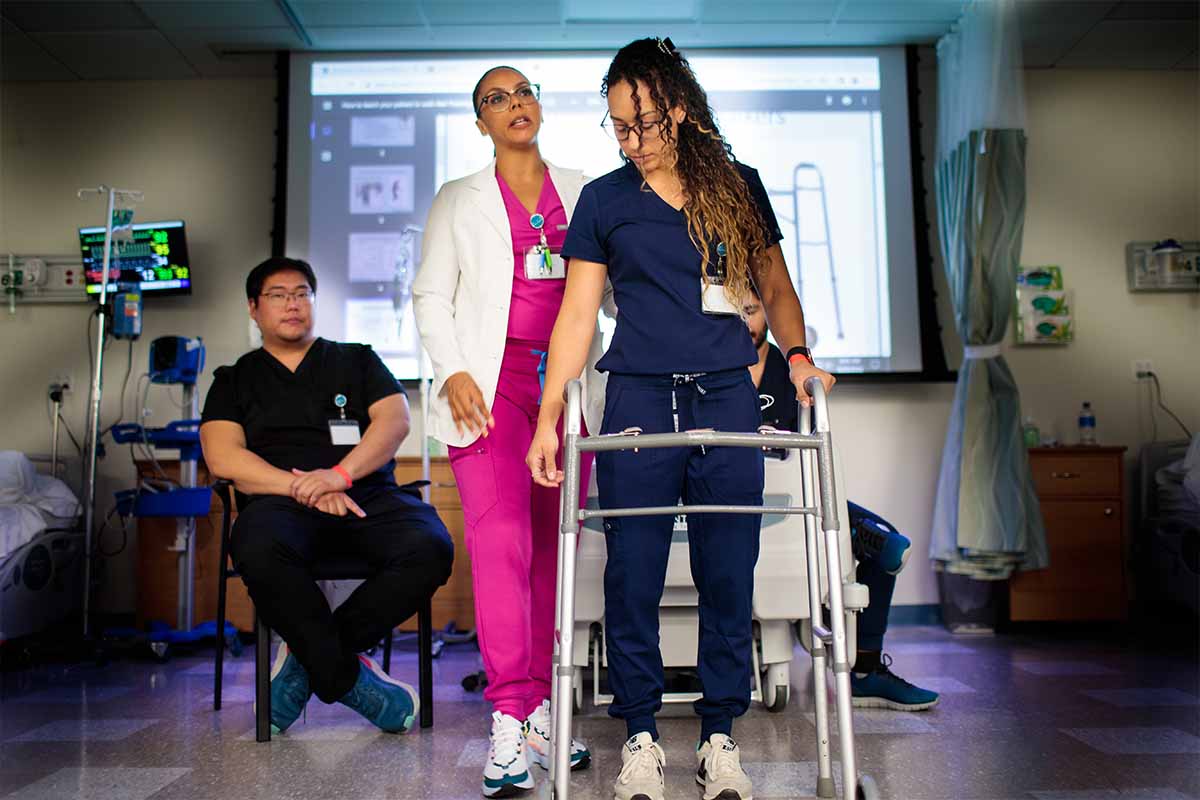Rob Stanborough, PT, DPT, MHSc, MTC, CMTPT, FAAOMPT
The 2016 Olympics have come and gone. Our Olympians pushed their bodies to the limit and brought home the gold. In doing so, many of these outstanding athletes relied on the help of physical therapists to perform their best on and off the field (or pool).
As with many Olympics, our athletes seek out any form of treatment that may prove beneficial and take advantage of “new” treatments that really may not be new at all. For example, in the previous Olympics we saw a lot of taping. The multiple colors and configurations received a lot of attention.
This time around was no different.
What were those mysterious circular marks on Michael Phelps’ shoulders? How did he get them? Do they hurt? Is there any benefit?
These are the question I’ve received from patients and other healthcare workers alike.
The technique is cupping.
The second round of questions included, “do you do cupping?” and “do you think it will help me?”
Cupping has been around for quite a while. It’s been used by many professions, in many countries and by many cultures. Some professions use cupping to treat ailments and other illnesses, particularly within the respiratory system. As with any “remedy” it has evolved and entered into the mainstream as a gentle treatment.
The answer to the question “what is cupping” depends on which professional you ask. As a physical therapist, I can tell you we’ve used cupping in my clinic for years as a way to manipulate the soft tissue. We use our hands and elbows but can also use instrument assisted soft tissue manipulation, dry needling where permitted, cupping and a variety of other methods, all to get those tissues moving. Our goal is to increase mobility, promote healing and restore function.
As far as the Olympics go, because swimmers are susceptible to shoulder injuries, keeping the tissue mobile and healthy is paramount, especially for someone like Michael Phelps.
The application of cupping also varies in the types of cups, size and treatment method. One type of cup creates a vacuum by being heated up, placed on the skin and slowly cooled down. As the inside of the cup cools, suction is formed and pulls or lifts the skin and fascia up. Another cup type is attached to an electrical vacuum or pump. In either case the cup is placed on the skin, the suction is created and the tissues are lifted. Since heat is not used and cooling does not occur, the suction is eventually released after a period of manipulation. Last but not least, suction can be applied using cups with a simple bulb on the end that can be squeezed to varying degrees determining the level of vacuum. The tissues are manipulated and the vacuum is released. Regardless of the cup type, the cup may be left in one place or moved around, but all treatment methods are gentle and very specific.
The circular marks on Michael Phelps’ shoulders are bruises. As the cup is allowed to cool and the suction lifts the tissues, it can leave a bruise, however, the bruising does not indicate the outcome of the treatment. Although not particularly attractive, they are not painful and resolve quickly.
Cups are often placed in areas of high stress, such as muscle origins and insertions. They can also be applied to high stress areas of fascial convergence, where multiple planes intersect or overlap, or they can be used to improve mobility of scar tissue. Treatment can be applied outside the area and gently moved into and around the restricted areas with the help of a lubricant.
How cupping works to manipulate soft tissue, improve blood flow and promote healing is not exactly known. Explanations are borrowed from other soft tissue techniques and related to fascial research. One thought is the lifting or “unloading” of the tissue via suction allows creep, decompression of the blood vessels, and therefore improved blood flow. Another thought is more mechanical. It is thought that perhaps pulling on tissue manipulates the collagen, which imparts stresses to fibroblast, and in turn triggers a chain reaction causing the tissues to relax, and perhaps improve blood flow and healing.
As we saw with Phelps, the most common application for cupping is to assist with healing in “overuse” type circumstances. Little is known regarding the length of treatment benefit. Similarly, the evidence for the length and intensity of treatment is empirical at best and varies from patient-to-patient.
Lastly, I should mention something about the adverse effects or side effects. In extreme cases bleeding can occur, however this is rare and is usually limited to a special type of cupping called blood cupping. In the majority of cases, the most common side effect has already been displayed by Phelps: bruising. All traces of his treatment were gone a few days after the closing ceremony.
Although the treatment length and intensity, and long term benefit of cupping is still not known, cupping is a safe form of soft tissue manipulation that has been incorporated by physical therapists and is easy to use.
Rob Stanborough is a physical therapist serving St. Augustine for nearly 15 years. He is the president and co-owner of First Coast Rehabilitation, contributing faculty for the University of St. Augustine and a senior instructor for Myopain Seminars. He also co-authored Myofascial Manipulation: Theory & Application, 3rd ed by Proed Inc.
He is certified in manual therapy and a variety of other soft tissue manipulation techniques including dry needling. He is a Fellow of the American Academy of Orthopaedic Manual Therapists and has presented on the topic of soft tissue dysfunction in a variety of venues.









